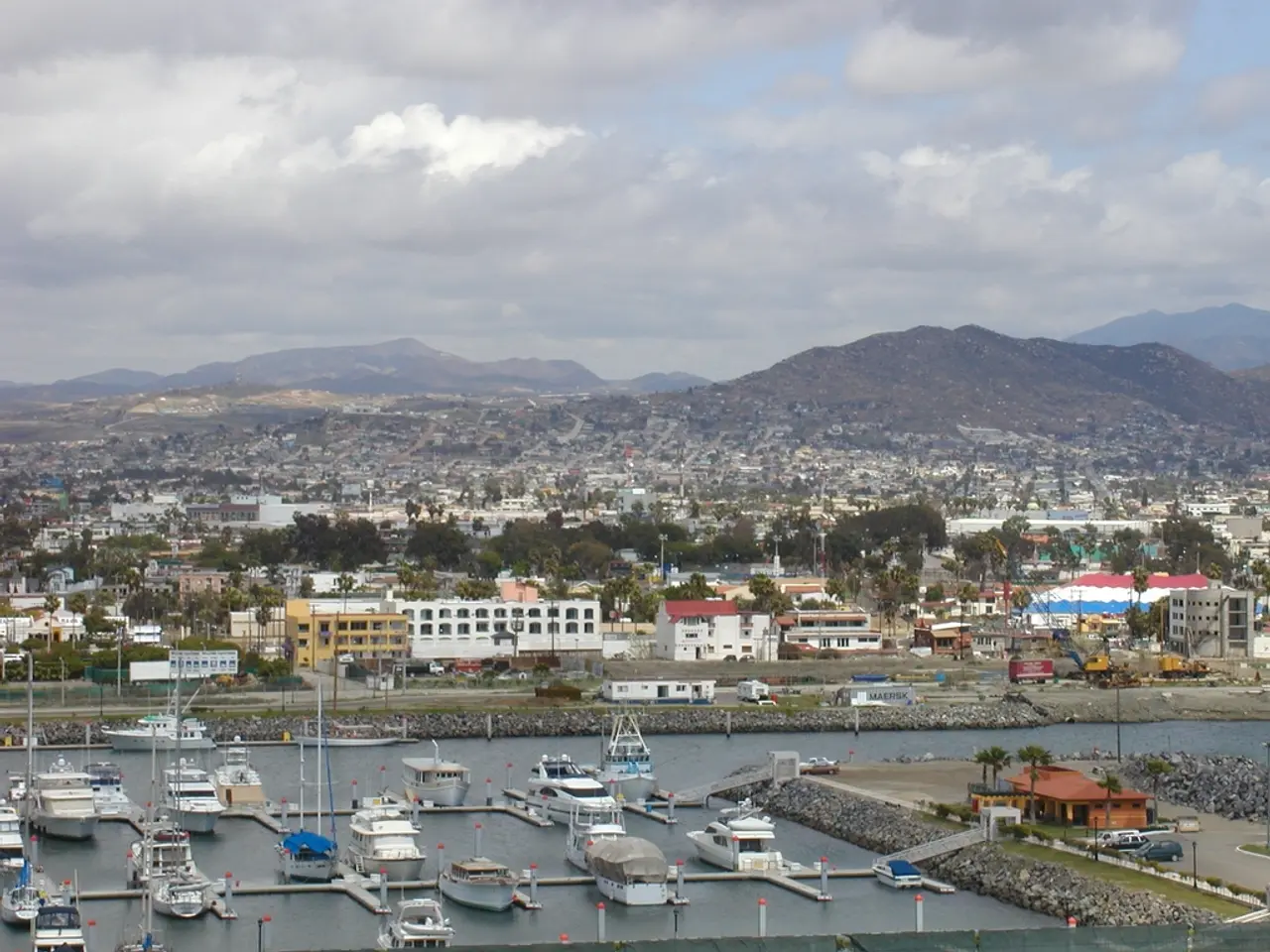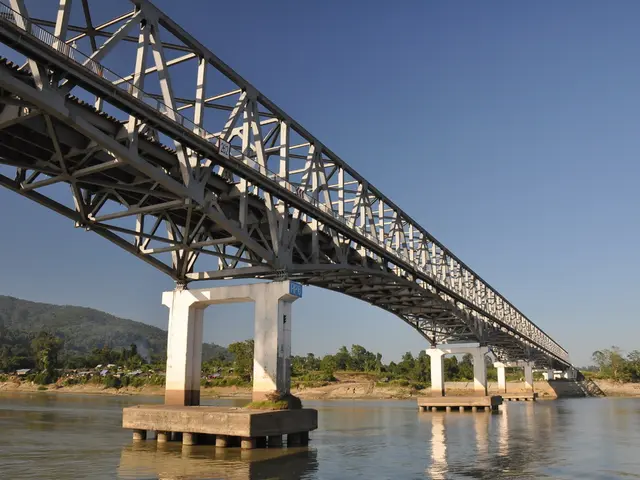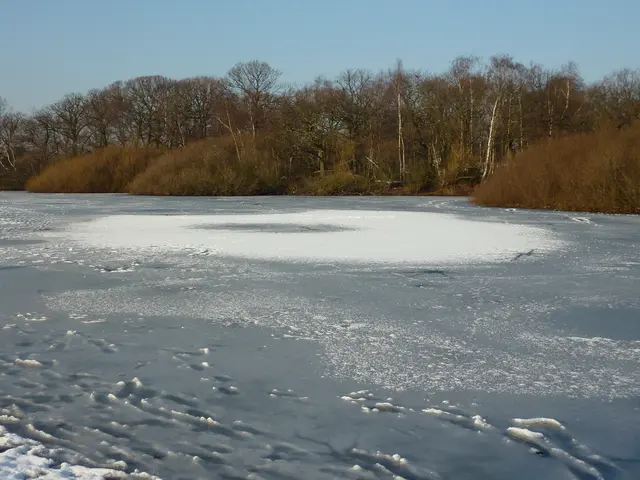Unprecedented Hurricane Activity in the Great Blue Hole and Beyond
Dread-inducing discovery made in Belize's Great Blue Hole depths
The Great Blue Hole, a 400-foot-deep marine cathedral nestled in the Lighthouse Reef Atoll of Belize, has long been a subject of fascination for marine scientists. While specific data on hurricane activity within the Great Blue Hole is limited, its sediment layers provide a unique insight into Earth's storm history.
A Natural Archive of Storm History
The Great Blue Hole serves as a natural archive of Earth's storm history, holding records of 694 distinct storm events over a period of just 5,700 years [1]. Each layer of the extracted core underwent microscopic analysis to identify grain sizes, mineral composition, and organic content, revealing subtle chemical signatures that correlate with known warm and cool periods in Earth's climate history [1].
Regional Hurricane Trends
Understanding the broader regional trends can provide insights into potential future patterns. The Atlantic hurricane basin has experienced fluctuations in activity over the years, influenced by climate factors such as El Niño and La Niña events, changes in sea surface temperatures, and other natural climate variability [1].
Hurricanes gain strength over warm ocean waters. In the Caribbean, where the Great Blue Hole is located, sea surface temperatures have generally risen, which can potentially fuel more intense storms [1]. Rapid intensification often occurs when storms traverse deep, warm pools of seawater, a significant factor in the Caribbean [1].
Future Hurricane Seasons
Rising global temperatures are expected to continue, potentially leading to more intense hurricanes due to warmer ocean waters and increased atmospheric moisture [1]. Enhanced satellite monitoring, such as NOAA's GOES-19 and NASA's Sentinel-6, will improve forecast accuracy, allowing for better preparedness against hurricanes [1][2].
The Caribbean remains vulnerable to hurricanes due to its location. Understanding historical trends and using advanced forecasting tools can help prepare for potential future storms [1][2].
Global Impact
The same climate forces driving increased Caribbean hurricane activity are affecting typhoon formation in the Pacific and cyclone development in the Indian Ocean [1]. Nine major cyclone events have occurred in the last 20 years alone in the Great Blue Hole region [1]. Coastal communities from Belize to Puerto Rico face a future of near-constant storm preparation and recovery.
Furthermore, Australia's Great Barrier Reef, the Philippines archipelago, and India's eastern coastline all face similar increases in severe storm activity [1]. The southward migration of the Intertropical Convergence Zone redirects the paths that tropical storms and hurricanes follow, funneling more of them directly through the Caribbean basin [1].
Implications
The evidence from the Great Blue Hole suggests that storm intensification happens faster than climate models predict [1]. What we're experiencing now in terms of storm activity has never happened before in recorded Earth history [1]. The annual alternation between colors in the sediment layers creates a natural timeline that scientists can read with remarkable precision [1].
Extracting and analyzing the Blue Hole core required cutting-edge marine geology techniques [1]. The rate of increase in storm frequency has exploded since the Industrial Revolution began [1]. The sediment core reveals a relentless upward trend in storm frequency spanning the entire 5,700-year record [1]. The driving force behind the unprecedented change in storm activity is the Intertropical Convergence Zone, a massive belt of low pressure encircling the Earth near the equator [1].
This projection equates to one major storm every two years for the next 80 years [1]. Coastal communities worldwide must adapt to this new reality, preparing for frequent storms and working towards sustainable solutions for recovery and resilience.
[1] Based on a study published in the journal "Nature Communications" in 2018.
Technology, such as NOAA's GOES-19 and NASA's Sentinel-6, is critical for improving hurricane forecast accuracy, especially in the context of climate change and potential future intensification (technology, climate-change). The environmental science behind studying the Great Blue Hole provides valuable insights into Earth's past storm history, helping us understand regional trends and prepare for future hurricanes (science, environmental-science, weather).








